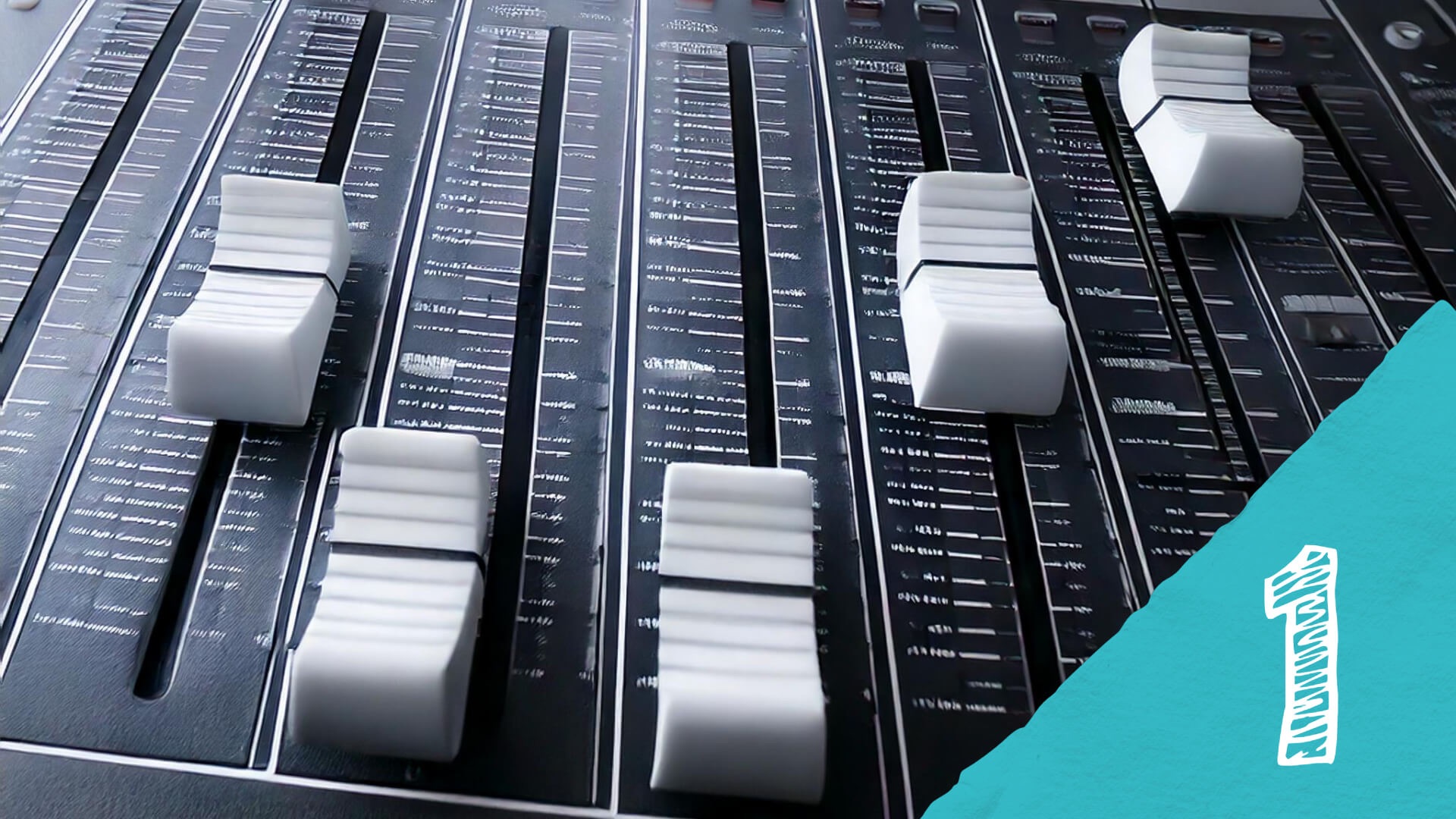Maybe just stuck in the middle of a project. We have all been there and we will all end up there at some point….. Where do we go next? Well the obvious direction is forward – at least, that’s where we are aiming. In the case of music production it can often be that we need to draw that line under the project, call it finished (or abandoned) and move on to the next one!
This is part one in a series of blog posts titled faders come down from zero looking at ways to improve your use of music production tools at your disposal, looking more towards how you handle your projects from a work flow point of view rather than a look at specific equipment.
So lets get away from the easy fix
Quite often is the case that we feel that what is missing from the project is the latest item we have seen advertised. This is the aim of the advert after all. If you are already making music, chances are you have enough in your daw’s arsenal to finish the track you have started. So how do we get over the final hurdle? Maybe its not about getting over the final hurdle, but making that last jump easier to reach by working more efficiently throughout your production. The article is titled Faders come down from zero, because this seems to be the most common correction that occurs in all stages of making music. Quick correction for most problems… turn it up. So let’s get away from the easy fix, and try and reduce the amount of fixes we need to make… and subsequently the amount of faders that ultimately come down from zero.
I believe that there are several ways that you can improve your mixing, some of which may seem fairly basic but you will be pleasantly surprised at how much difference all of these can make when pulled together in your work flow and project. Work flow for me is key and we shouldn’t end up in a position where we have to undo work so that we can move forward again, so try to get these things in place as part of the way that you work. As individual elements, you may already do them, be aware of them, or they may be new concepts for you. I would imagine that trying to incorporate one at a time will be easier to adapt into your work flow.
So the first real thing I want to share is actually to make sure that you remember that you are always learning. The best thing you can do to improve your craft above all else is to practice, practice little techniques, practice making music outside your chosen genre, practice turns in to perfection and before long, those practice tracks become finished pieces of music that you can be truly proud of. At the same time, listen to everything, watch anything you can that has some sharing of knowledge in a creative manner so that you can incorporate different ways of thinking into your workflow.
Secondly, learn the rules. Then you can break them. Then you can break them in a way that is controlled and you understand what you are doing. This gives you such a powerful way of being able to create dynamic mixes. As an example, really simply, the rule would be don’t apply reverb to a bass or sub. But then if the sub drop is all that can be heard in a section of a track, apply some reverb to it and filter the low end to control the swell. Break the rule in a creative and controlled way that benefits the track.



